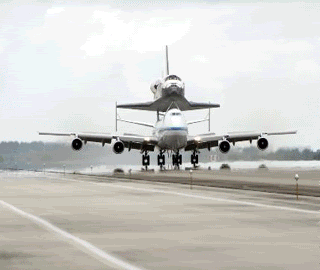 NASA and Argentina's Comisión Nacional de Actividades Espaciales (CONAE), with support from the Argentine Ministry of Science, Technology and Innovative Production (MinCyT), have selected additional members of the international scientific investigating team for the Aquarius/Satélite de Aplicaciones Científicas (SAC)-D mission, scheduled to launch in 2010. The new team members include two from NASA's Jet Propulsion Laboratory, Pasadena, Calif.
NASA and Argentina's Comisión Nacional de Actividades Espaciales (CONAE), with support from the Argentine Ministry of Science, Technology and Innovative Production (MinCyT), have selected additional members of the international scientific investigating team for the Aquarius/Satélite de Aplicaciones Científicas (SAC)-D mission, scheduled to launch in 2010. The new team members include two from NASA's Jet Propulsion Laboratory, Pasadena, Calif.The joint minimum three-year mission will carry a suite of instruments into space onboard the Argentine-built SAC-D spacecraft. NASA's sensor, Aquarius, is the primary instrument on the mission. Aquarius is designed to provide monthly global maps of how salt concentration varies on the ocean surface - a key indicator of ocean circulation and its role in climate change. Seven CONAE-sponsored instruments will provide environmental data for a wide range of applications, including natural hazards, land processes, epidemiological studies and air quality issues.
NASA and CONAE conducted a joint solicitation and selection of scientific investigations and innovative application demonstration projects using Aquarius/SAC-D observations. NASA selected 15 projects that it will fund over the next four years for a total of $8 million. CONAE/MinCyT selected 15 Argentine projects with participation of scientists from Chile and Brazil, which will be funded for a total of $1.3 million. An additional 10 proposals were selected from scientists in Italy and Japan.
The primary focus of the selected projects is to prepare the scientific community to use Aquarius/SAC-D observations to better understand the interactions between global ocean circulation, the water cycle and Earth's climate. Several projects will concentrate on socio-economic applications of the mission's observations in such areas as fishery management, disease and flood forecasting, and monitoring volcanic eruptions and fires.








No comments:
Post a Comment